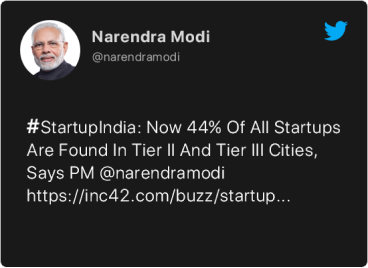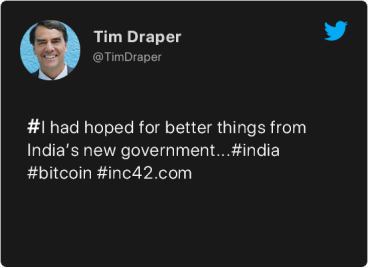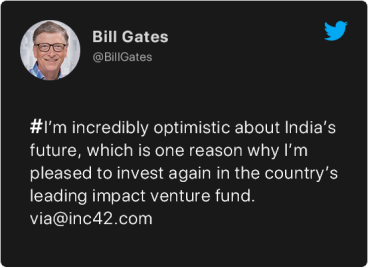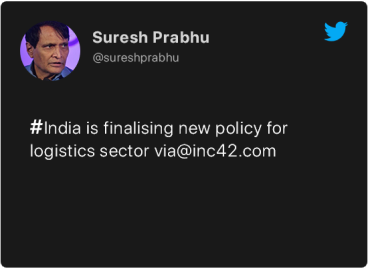Crafting wellness-focussed, non-bitter tea alternatives that redefine traditional tea drinking for modern consumers
The emergence of D2C brands like Vahdam, Chaayos, Teafit and Tea Trunk has certainly set off a storm in the quintessential Indian tea cup, reshaping the consumer preference. The booming market, which is likely to reach $14.7 Bn by 2032, sees a surge in demand for functional and wellness-oriented teas. While green tea has long been the go-to healthy option, its bitterness and caffeine content have left many consumers seeking better alternatives.
The Indian tea industry has long been synonymous with strong, spiced chai and the perceived health benefits of green tea. However, for many consumers, green tea’s bitterness and caffeine content make it less appealing as a wellness beverage. Spotting this gap in the market, Sunil Chandra Saha and Nitesh Singh launched Blue Tea in 2018, introducing 100% natural, caffeine-free, and non-bitter herbal teas that prioritise both wellness and taste.
In a market where most wellness solutions come in the form of processed tablets, powders, or liquid supplements with potential additives, Blue Tea offers a purer alternative — whole, natural herbs in their raw form. Its best-selling variants, including Butterfly Pea Flower Tea, Chamomile Herbal Tea, Belly Fat Herbal Tea, and Hibiscus Herbal Tea, cater to consumers looking for functional health benefits without compromising on taste. The brand aims to redefine tea consumption by making herbal teas mainstream, moving beyond the traditional green and black tea dominance.
By sourcing directly from farmers, it ensures fair trade while maintaining premium quality. Unlike processed wellness products like tablets or powders that may contain additives, the brand provides pure herbs in their natural form, offering a healthier alternative.
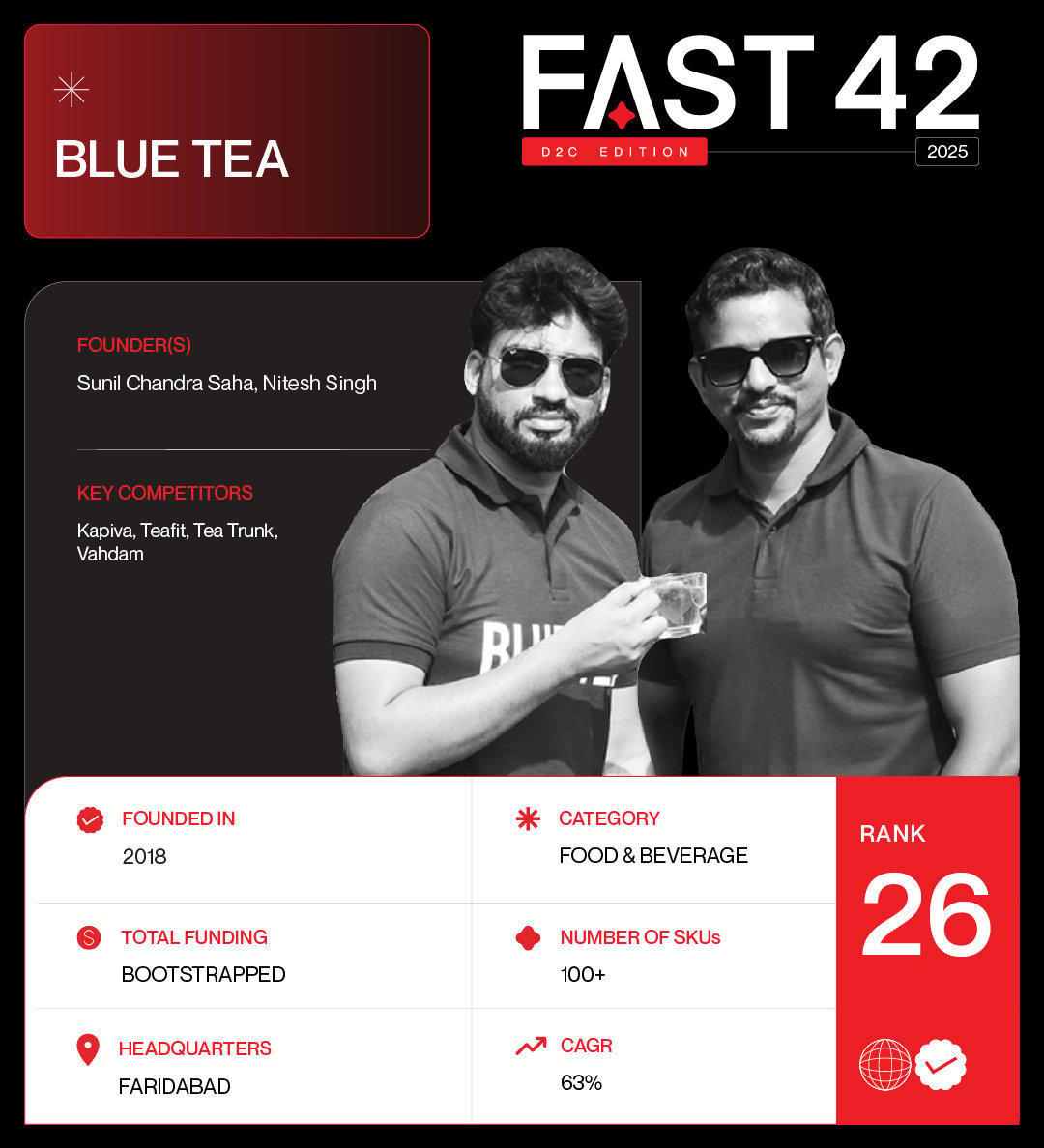
D2C Success And Expanding Market Reach
As a D2C-first brand, Blue Tea has built a strong digital presence, with 99% of its sales happening online. The brand leverages leading marketplaces like Amazon, Flipkart, and Myntra, with Amazon contributing significantly to its revenue. Its direct website sales have also seen rapid growth, touching INR 2 Cr in monthly website sales and INR 5 Cr in combined sales in November 2024. The D2C brand further expanded its quick commerce reach in 2024, seeing a 10X jump in Blinkit orders.
The brand saw a 39% jump in revenue from INR 18 Cr in the financial year 2022-23 (FY23) to INR 25 Cr in FY24. It also emerged as one of the top five tea brands on Amazon.
In FY25, the brand expects to generate INR 38 Cr in net revenue. It is focussed on aggressive offline expansion while also planning to launch Blue Tea in a ready-to-drink format, further diversifying its product offerings by 2026.
Looking ahead, the brand is bullish on offline expansion and plans to strengthen its presence in physical retail stores. By FY25, Blue Tea aims to reach INR 38 Cr in net revenue. It also has ambitious plans to diversify its product range, including launching a ready-to-drink format by 2026, further positioning itself as a key player in the evolving wellness beverage industry.
[Authored By Pooja Yadav]




 Fintech
Fintech Travel Tech
Travel Tech Electric Vehicle
Electric Vehicle Health Tech
Health Tech Edtech
Edtech IT
IT Logistics
Logistics Retail
Retail Ecommerce
Ecommerce Startup Ecosystem
Startup Ecosystem Enterprise Tech
Enterprise Tech Clean Tech
Clean Tech Consumer Internet
Consumer Internet Agritech
Agritech




















